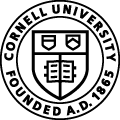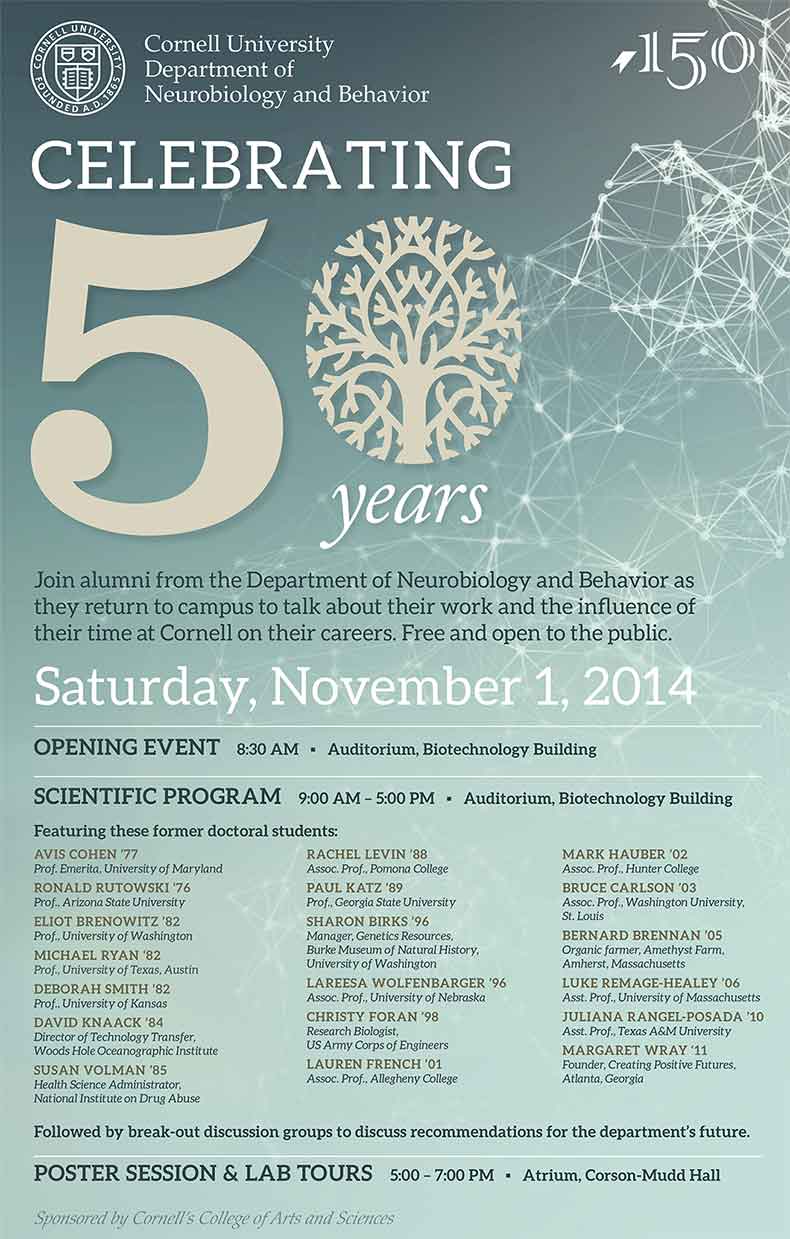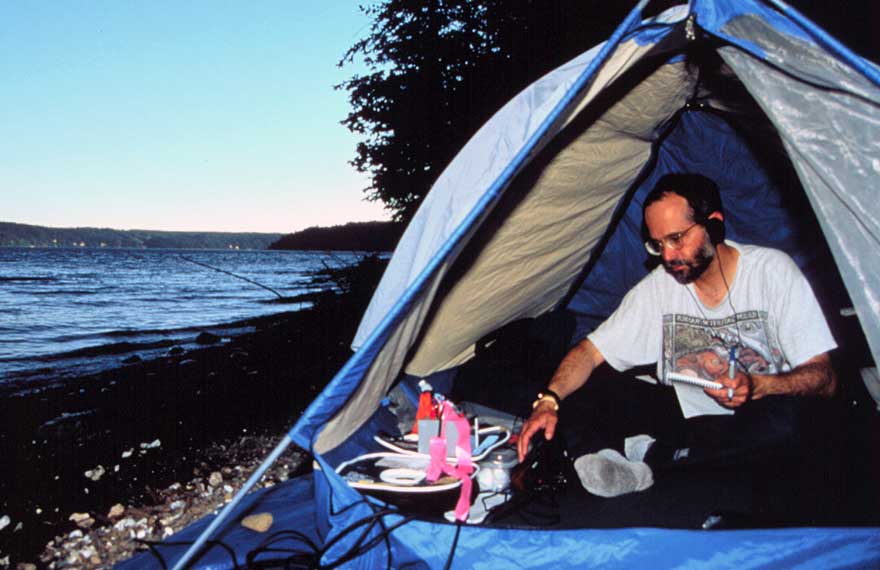
Why Animals Do What They Do
50 years ago, Cornell faculty created a new department, combining for the first time anywhere, the study of behavior typically done in zoology and psychology departments with the study of neurobiology.

Neurobiology and Behavior Celebrates 50 Years As University Marks 150th
When professors Dick O'Brien, Thomas Eisner and William Keeton were first thinking about creating Cornell's Department of Neurobiology and Behavior (NBB) in 1964, they knew they would be up against it.

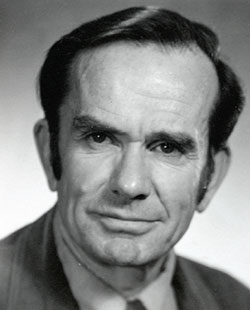
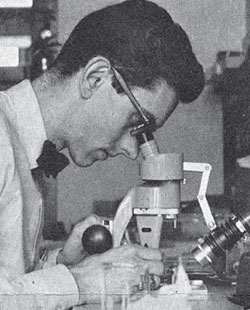
Although the culture of collaboration runs deep at Cornell, when it comes to combining people from different departments into a brand new and previously non-existing academic unit, it's not an easy sell.
But an external committee reporting directly to Cornell President James Perkins had found that research and teaching in biology was fragmented, with inadequacies and gaps. That group recommended a new school or college of biology and an internal committee created the vision for NBB.
"We knew that neuroscientists understood behavior, in a general sense, but there was a need to fortify their education in the building blocks of behavior," said Thomas Seeley, former chair of NBB. "This required including faculty based in the College of Agriculture and Life Sciences who studied what animals do when living in nature. At the same time, the tools for neuroscience come from engineering, physics, computational biology and math, so a natural home for other members of the NBB faculty was the College of Arts and Sciences." Today, the department remains "shared" by the two colleges.
An Experiment Becomes a Success
The new department combined, for the first time anywhere, the study of behavior typically done in zoology and psychology departments with the study of neurobiology, which at that time was taught mainly in medical schools, said Kraig Adler, another former chair of the department.
"We used to hire people with specialties in only one area but now we were hiring people who could talk to both behaviorists and neurobiologists," Adler said.

This experiment that became a new type of department has been a success, all say, with other universities using Cornell as a model for their academic reorganizations and many graduates of the Cornell program using their degrees in professions as diverse as academia, engineering, animal science, medicine and journalism.
The department celebrated its anniversary by welcoming doctoral alumni to a Nov. 1 celebration and scientific program. Nearly 40 percent department's former students – which include more than 200 doctoral students – returned for the event.
The purpose of the gathering was both academic and social. Alumni presenters for the academic part of the event included professors Michael Ryan, University of Texas at Austin; Ron Rutowski, Arizona State University; Eliot Brenowitz, University of Washington, Seattle; Paul Katz, Georgia State University; LaReesa Wolfenbarger, University of Nebraska; Bruce Carlson, Washington University, St. Louis and Juliana Rangel-Posada, Texas A&M.
A New Field Attracts Students From All Over
Rutowski, a student from 1971-75, remembers at the time a great resurgence of interest in sexual selection and sociobiology.
"It was a very exciting and heady time in behavioral ecology with contributions from many interesting scientists such as Richard Alexander, Richard Dawkins, Edward Wilson, Robert Trivers, and NBB's own Steve Emlen," he said. "I came to Cornell with the hope of studying birds and their songs but was quickly convinced of the great opportunities in studies of insect behavior through my interactions with Tom Eisner."
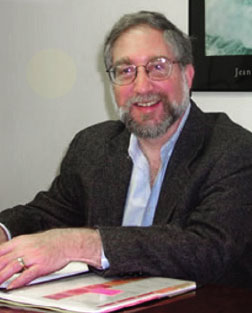
Harold Zakon Ph.D. '81, professor of neurobiology at the University of Texas at Austin, is organizing the alumni presentations at the event.
"In the early 1970s, I was working as a research technician in psychiatric research at Harvard Medical School, but spending my weekends birding and reading books on ethology by Konrad Lorenz and Niko Tinbergen," Zakon said. "The 'aha!' moment for me was reading an article by Mark Konishi about a new field called 'neuroethology,' which showed me that I could unite my interests in neurobiology and animal behavior. This article talked about the work of people like Tom Eisner, Bob Capranica and Ron Hoy, so I decided I had to go to Cornell to pursue my passion. "
When Cornell's NBB department began, it combined faculty from the existing departments of biochemistry, entomology and zoology, plus faculty from other departments. Only later did faculty in psychology and conservation join the lineup at NBB. The "section" of NBB was first housed at Langmuir Lab near the airport, a research facility formerly owned by General Electric, but donated to Cornell after World War II.
"NBB was a model for me on how to integrate and move seamlessly between levels of organization in biological systems," Zakon said. "What I learned in NBB was the value of vertical integration and to have the confidence to move into a new area. NBB made me see that staying bound by a technical approach is very intellectually limiting."
Groundbreaking Publications and Faculty
During the past 50 years, the department recorded many firsts and highlights, including:
- Publication of "Biological Science" in 1967 by William Keeton, the first successful attempt to integrate historically separate courses in botany and zoology. Within a few years, it held fully 50 percent of the market share among more than 30 existing college biology texts.
- The addition of Liddell Laboratory and surrounding lands in 1972 for use as a field research facility. An all-glass greenhouse was attached to Liddell in 1979 and a honeybee research facility built adjacent to Liddell in 1995.
- The first edition of a successful new college textbook, "Life on Earth," issued in 1973, led by Edward Wilson and Thomas Eisner and co-authored by Dick O'Brien.
- A new building, Mudd Hall, completed in 1981. The move from Langmuir Lab to campus consolidated faculty labs and teaching space and opened labs to undergraduates, helping to make NBB perennially the largest concentration within the biology major.
- Keeton House, part of the West Campus House System, opened in 2008, honoring William Keeton as one of Cornell's greatest teachers. That same year, Andrew Paul '78 and his wife, Margaret Paul, established the Paul Graduate Fellowships in the Life Sciences, which provide funds to support a semester's field research for NBB and EEB graduate students.
At the Forefront of Discovery Today
Today, the department continues to break new ground in research and technology and hire outstanding faculty.
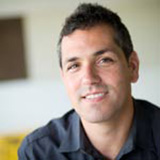
Jesse Goldberg, assistant professor of NBB and the Robert R. Capranica Fellow in the College of Arts and Sciences, was recently named a 2014 Pew Scholar in the Biomedical Sciences. Goldberg studies neural circuits that allow young birds to learn songs.
The award, given this year to 22 early career scientists, is intended to help these researchers investigate pressing global health problems. Goldberg received a four-year, $240,000 grant.
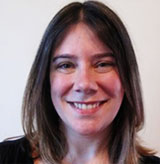
Melissa Warden, assistant professor of NBB and Miriam M. Salpeter Fellow, was recently awarded $1.5 million from the New York Stem Cell Foundation (NYSCF) for her work to better understand behavior and psychiatric conditions by probing the brains of rodents.
Warden was named by the nonprofit as one of seven "most promising scientists" engaged in novel neuroscience and translational stem cell research. Her award was created to aid researchers as they make the transition from the postdoctoral phase of their careers to the establishment of their own laboratories.

